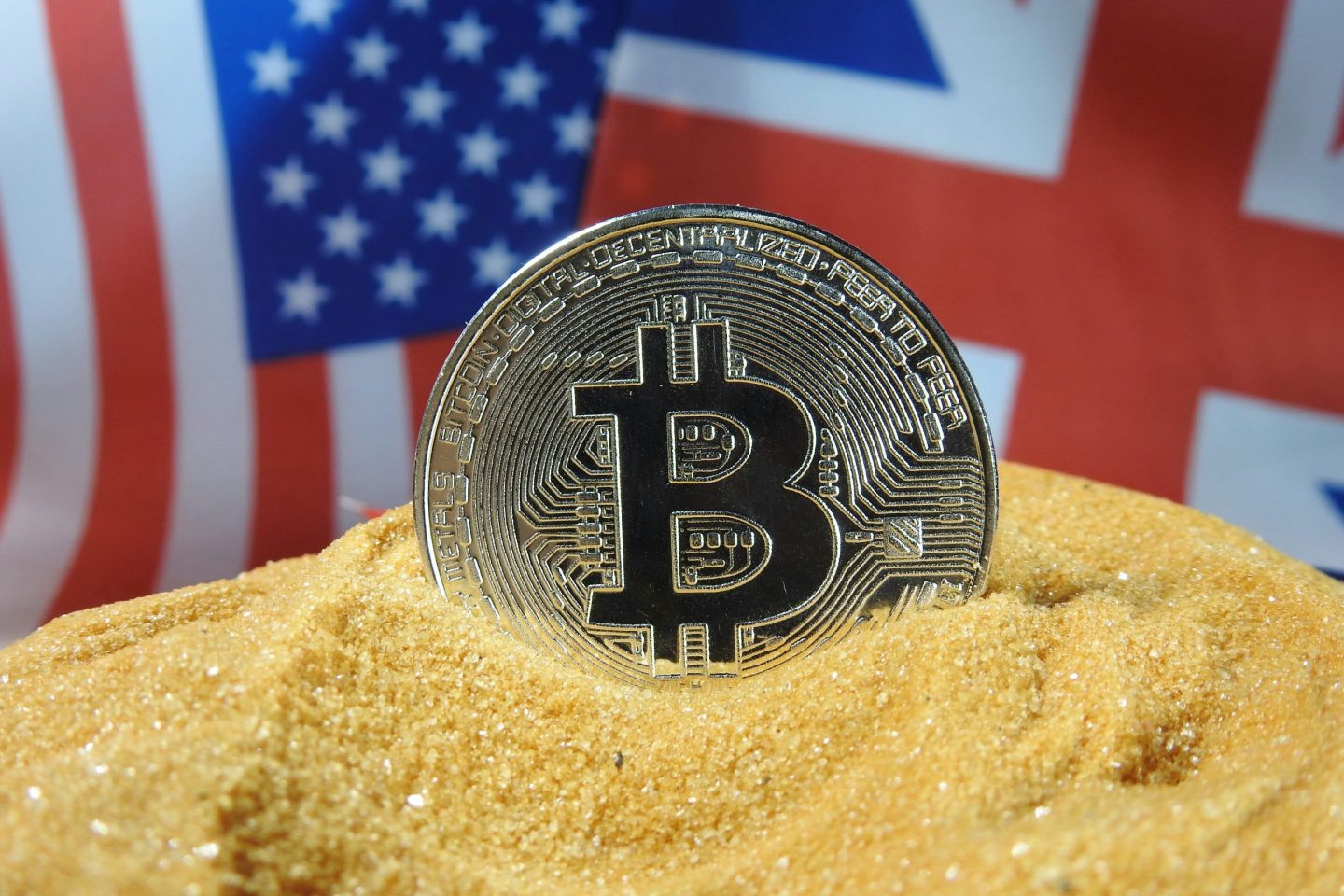European regulators warn of financial risks from US crypto integration

European regulators are concerned about the growing alignment between US financial policy and the cryptocurrency industry, warning that the warming relationship could present risk factors to global financial markets.
According to the European Securities and Markets Authority (ESMA), closer ties between traditional finance and digital assets could lead to greater exposure if market safeguards fail.
“The crypto[currency]-friendly stance has the potential to accelerate cryptocurrency adoption, including by institutional investors,” an ESMA spokesperson said. “This would in turn increase interconnectedness and, failing relevant safeguards, risks of negative spillover effects between cryptocurrency and traditional markets.”
Since his inauguration on January 20, US president Trump has taken steps to redefine the Federal government’s approach to digital assets. Among the key actions taken so for was an order to establish a Bitcoin Strategic Reserve using Bitcoin seized through criminal and civil forfeiture.
Framed as a long-term store of value, the reserve is intended to secure digital assets under government custody. The administration has also tasked Federal departments with exploring cost-neutral strategies to expand the reserve without affecting the national budget.
In parallel, Trump has signed an executive order promoting a more favourable regulatory environment for cryptocurrency activity in the US. The order seeks to protect software developers, cryptocurrency miners, validators, and other participants engaging in lawful cryptocurrency transactions, and prohibits Federal agencies from advancing work on a central bank digital currency (CBDC). It also dissolves previous cryptocurrency-related policies and sets up a working group, chaired by the administration’s cryptocurrency and AI adviser, to review and potentially revise existing regulations. The group is expected to file initial recommendations in the next six months.
Although the cryptocurrency market reacted initially with a surge in value – Bitcoin briefly touched a new all-time high of $109,000 on inauguration day – it later pulled back once details revealed the reserve would include only assets the government already holds, with no immediate new purchases planned.
A joint report issued by ESMA [PDF], the European Banking Authority, and the European Insurance and Occupational Pensions Authority on Monday cited “volatile crypto-asset valuations, driven by expectations of US deregulatory policy agenda” as one of the factors influencing market conditions. The report also noted increased links between cryptocurrency and traditional financial institutions.
On a related note, European Central Bank (ECB) Executive Board Member Piero Cipollone renewed calls for a digital Euro, expressing concerns about the influence of foreign stablecoins and payment platforms in the region. He cited the dominance of US-based payment facilities like Apple Pay, Google Pay, and PayPal, warning that Europe’s reliance on such providers could make the continent vulnerable to external economic pressures.
Echoing those worries, ECB Chief Economist Philip Lane explained that a digital Euro could assist the Eurozone preserve its monetary independence by offering a payment option under European governance. Lane pointed out that 99% of the stablecoin market is currently tied to the US dollar, raising the risk of the Euro area’s financial systems becoming indirectly linked to foreign currency dynamics. A digital Euro, he argued, could also assist in unifying the region’s fragmented retail payment systems and reduce dependency on non-European infrastructure.
Lane also noted that US efforts to maintain the dollar’s global dominance – particularly through the growing role of stablecoins – pose additional challenges for Europe’s monetary framework.



